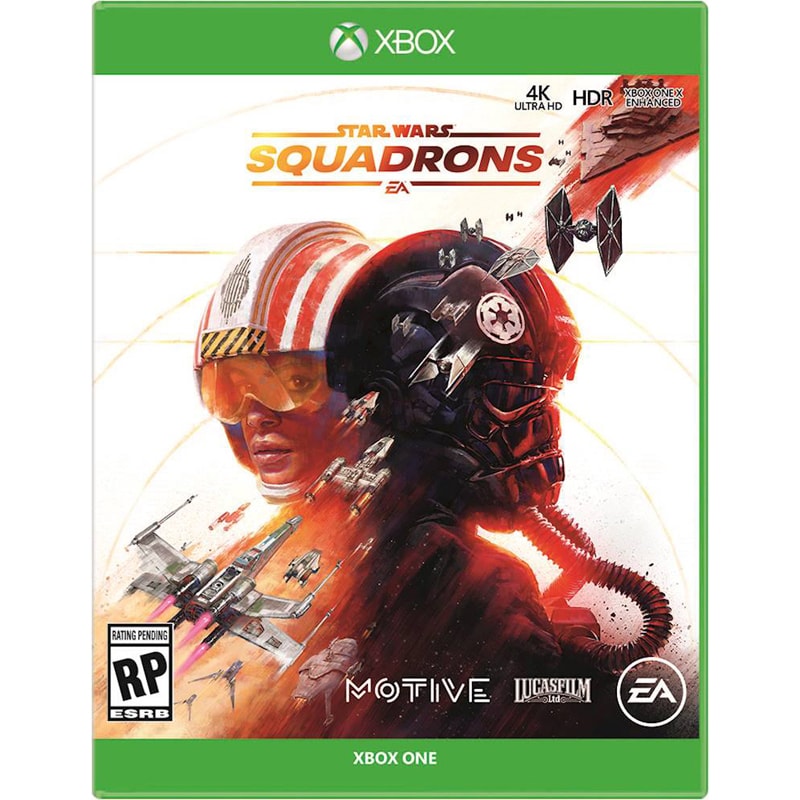USB-C CAC Reader / Smart Card Reader The IOGEAR USB-C CAC Reader is a TAA compliant USB Common Access Card Reader for military, government and private sector workers who need everyday access to secure systems. Common Access Card (CAC) or Smart Card readers are used as a communications medium between the Smart Card and a host (e.g. a computer, point-of-sale terminal, network system, etc.) in secure systems such as those used by government, banking and health care. Minimize Misalignment Errors IOGEAR’s USB-C Common Access Card Reader requires the card to be inserted directly into the reader where electrical contacts retrieve the data stored in the card’s chipset. IOGEAR’s physical contact readers are designed to eliminate misalignment, which reduces the possibility of being misread. USB-C Connectivity USB-C is quickly becoming the USB standard with an easy to use reversible cable. IOGEAR’s USB-C Card Reader uses the latest USB-C technology to keep up with technology demands and replaces the legacy USB Type-A standard. The USB-C CAC Reader provides super fast transfer speed for your CAC and PIV cards to authenticating you to your classified network and complete your critical mission in a breeze. What is a Smart Card or Common Access Card? Often referred to as a Smart Card, the Common Access Card (or CAC) is the shape of a credit card, and is embedded with a data chip allowing specialized access. In addition to the embedded chip, Smart Cards are usually programmed with a PIN to ensure security for both the card holder and the system being accessed. Having reached tremendous adoption rates outside of the U.S., The federal government issues Common Access Cards programmed with a Personal Identification Verification (PIV) chip containing the data necessary for the cardholder to be properly identified and granted access to secure federal facilities and information systems. Smart Cards have been in use by the federal government in accordance with Homeland Security Presidential Directive 12 (HSPD-12) since 2006, and now the technology is rapidly spreading to banking, healthcare and other areas requiring identity verification and secured access.












